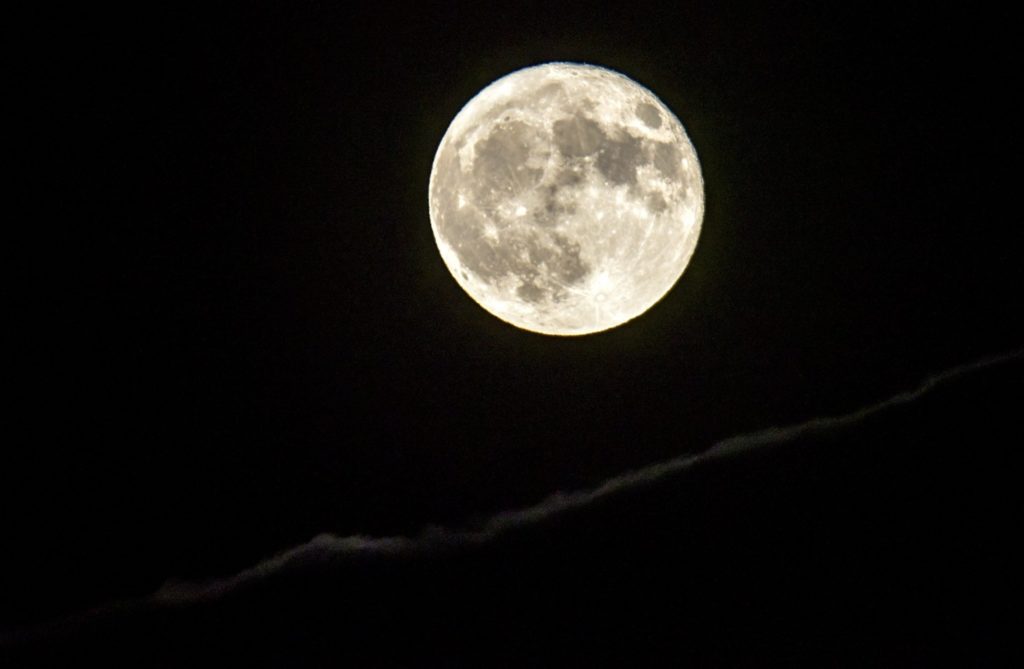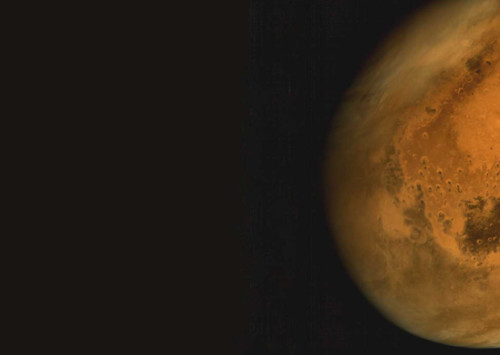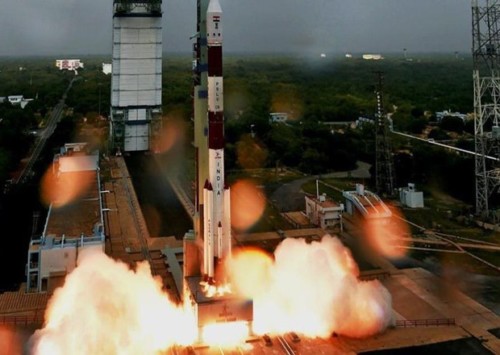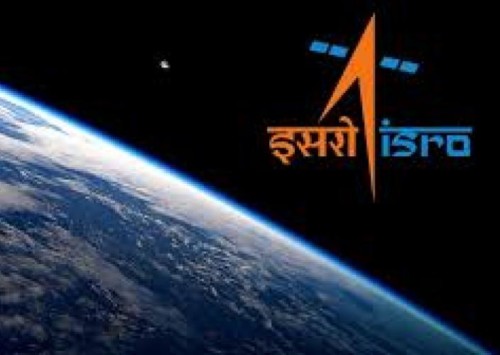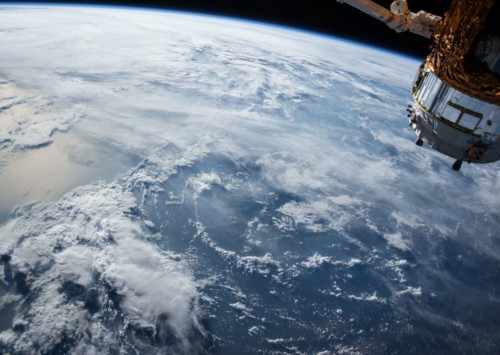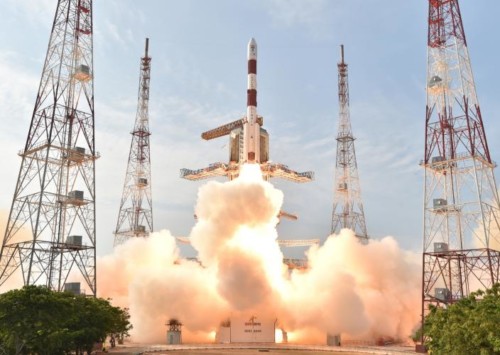Global energy requirements to soon be met by the moon
To meet the global energy requirements, now, nations are racing to the moon to mine Helium-3.
The sun has always been a source of energy. Now, another untapped source of power may soon be able to meet global energy requirements – the moon. India too has joined the race of select nations in this ambitious programme to quench the insatiable demand for energy.
According to one of the country’s top defense scientists, India may be able to meet all its energy requirements from resources on the moon by 2030.
This was stated by Dr Sivathanu Pillai, distinguished professor of the Indian Space Research Organisation (ISRO), which recently launched a record 104 satellites in a single launch.
Elaborating on ISRO’s future programme plans, Dr Pillai, a former chief of BrahMos Aerospace, said that all of India’s energy requirements can be met through Helium-3 mined from the moon. “By 2030, this processing target will be met,” he said, delivering the valedictory address at the three-day ORF-Kalpana Chawla Space Policy Dialogue, organised by the Observer Research Foundation in New Delhi last week.
Pillai said that mining lunar dust, which is rich in Helium-3, is a priority programme for his organisation. He said that other countries are also working on this project and there is enough helium on the moon to fulfil the energy requirements of the entire world.
He said that they are planning the whole process of mining helium on the moon, producing energy and transporting it back to earth.
According to Pillai, creating a low-cost access to the moon and developing multi-purpose and reusable vehicles will help in a big way to mine in planets and also facilitate space tourism.
It is not that India alone is exploring the idea of mining the moon. China too has set its eyes on the moon. Professor Ouyangb Ziyuan, the chief scientist of the Chinese Lunar Exploration Programme, recently said, “The Moon is ‘so rich’ in Helium-3 that it could solve humanity’s energy demand for around 10,000 years.”
Due to enormous benefits, China has been heavily researching the possibility of lunar mining, and Russia’s SP Korolev Rocket and Space Corporation has set a goal of creating a lunar base to extract Helium-3 by 2030.
A safe option
Experts believe that this isotope could provide safer nuclear energy in a fusion reactor since it is not radioactive and will not produce dangerous waste products.
The Apollo programme’s own geologist, Harrison Schmidt, has repeatedly made the argument for Helium-3 mining, whilst Gerald Kulcinski at the University of Wisconsin-Madison is another leading proponent. He has created a small reactor at the Fusion Technology Institute, but so far it has not been possible to create the helium fusion reaction with a net power output.
Safety issues
However, everyone is not in agreement that Helium-3 will produce a safe fusion solution. Well-known theoretical physicist, Frank Close, in an article, titled ‘Fears over Factoids’ in 2007, described the concept as ‘moonshine’.
What is Helium-3?
Helium-3 (He-3) is a light, non-radioactive isotope of helium with two protons and one neutron. Its presence on earth is rare. It is sought after for use in nuclear fusion research.
This isotope is used in MRI scanners and in sensors to detect smuggled plutonium. But Helium-3 is abundant in the moon’s soil – at least 13 parts per billion (ppb) by weight.
Fabrizio Bozzato, a doctoral candidate at the University of Tamkan in Taiwan, observed that Helium-3 could be extracted by heating the lunar dust to around 600°C, before bringing it back to the Earth. According to him, the gas has a potential economic value of USD 3 billion-a-tonne, making it economically viable to consider mining from the moon.

